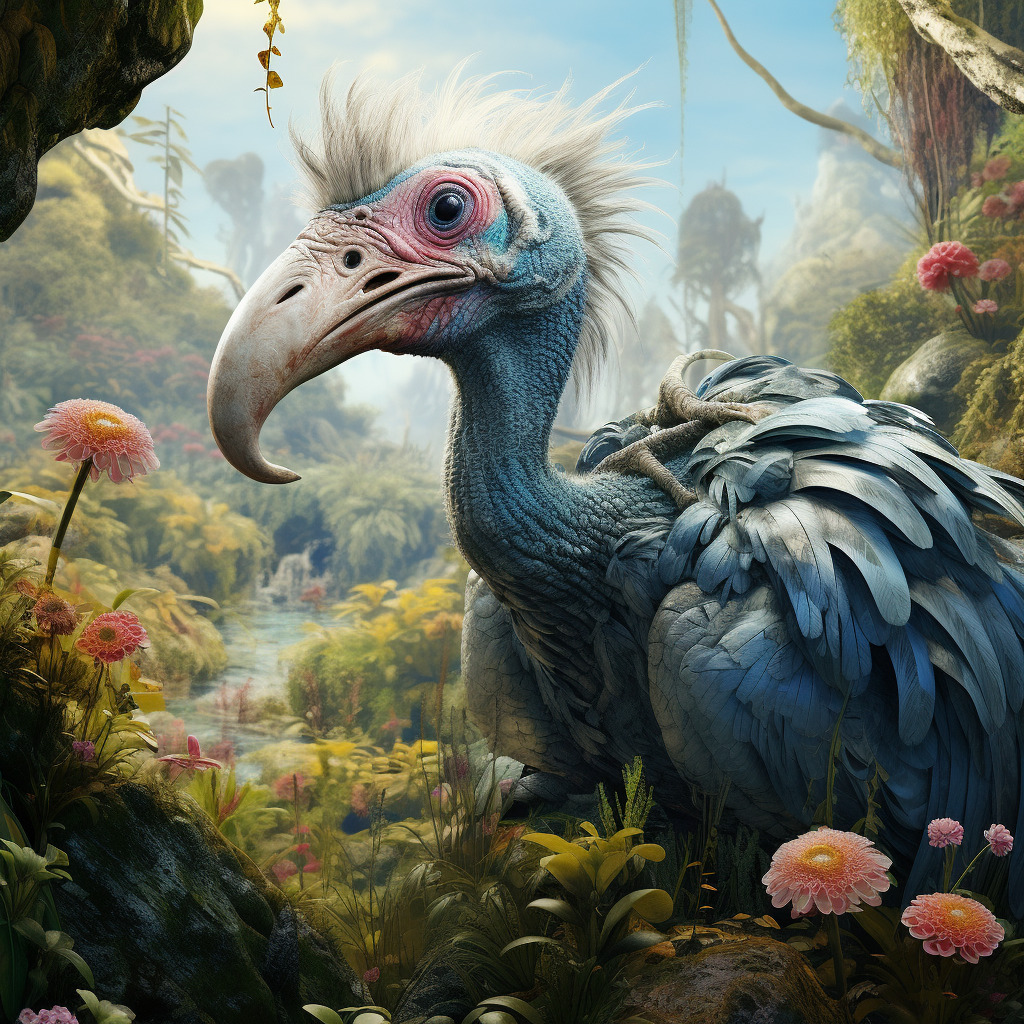The dodo, a flightless bird native to Mauritius, has become an iconic symbol of species driven to extinction by human interference. The dodo bird extinction story serves as a stark reminder of the consequences of unchecked human activities on fragile ecosystems.
History & Description
The dodo (Raphus cucullatus) was a large, flightless bird that once thrived on the island of Mauritius. With its stout body, stubby wings, and a hooked beak, this unique bird primarily fed on fruits and had no natural predators.
Human Impact
Upon the arrival of Dutch sailors in the late 16th century, the dodo’s peaceful existence faced disruption. These sailors, along with the animals they introduced—rats, pigs, and monkeys—posed significant threats. The birds, naive to human presence, became easy prey. Moreover, the new animals raided the dodo’s nests, consuming their eggs and young.
The Road to Extinction
By the late 17th century, the dodo was declared extinct. This rapid decline is attributed to over-hunting, habitat destruction, and competition from invasive species.
Legacy & Reflection
Today, the dodo stands as a symbol of the irreversible damage humans can inflict. Its story is a cautionary tale, urging us to act responsibly and protect our planet’s biodiversity.
What’s next?
As we reflect on the dodo’s legacy, we must commit to making informed choices. Supporting conservation efforts ensures that no more species suffer the same fate.
